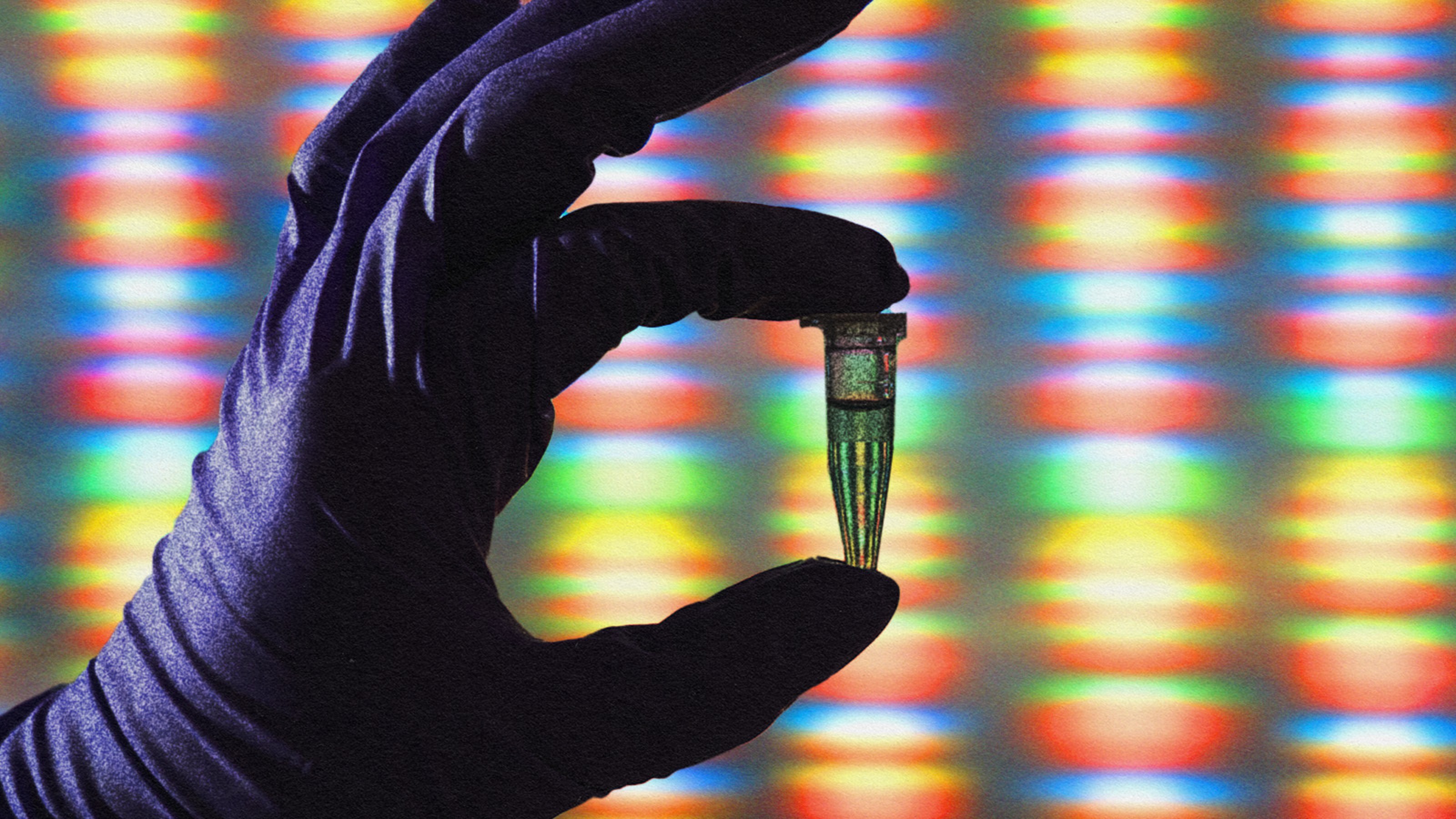Why handing your DNA over to ancestry databases is risky

The triumphant identification and capture of the feared Golden State Killer, Joseph James DeAngelo, showed the power of DNA analysis in crime fighting. It also opened a frightening new chapter in surveillance and invasive tactics to track DNA which could prove detrimental to our privacy. In a worst-case scenario, ominous sounding policies such as “predictive policing” could morph into the collection and maintenance of DNA libraries of anyone with a hereditary propensity to commit crimes. The U.S. Supreme Court has already afforded police the right to collect DNA samples from anyone detained in order to check for outstanding warrants on other crimes.
Make no mistake, the resolution of the Golden State Killer case is a welcome outcome. The serial killer, burglar and rapist committed at least 12 murders, more than 50 rapes and over 100 burglaries from 1974 through 1986. But we are in a wild new frontier when it comes to DNA, privacy and the way that law enforcement and others can access and search our DNA.
To solve the Golden State Killer case, investigators used ancestry databases to look for rare genetic mutations or sequences that matched the DNA found at the crime scenes. Tens of millions of people have uploaded their genomic information into various services for tracking their ancestry, such as Ancestry.com, or for identifying genetic traits with health implications, such as the 23andMe service.
The law enforcement team doing this was not a bunch of PhDs. It was a team of normal cops who knew enough about how the databases worked to understand that they could be used to try to track down cold cases and leads. It’s entirely possible today for a fairly skilled amateur investigator to do a DIY genetic material-matching investigation.
In the coming years, we will see a flood of DNA information enter all manner of services and systems: in healthcare, government and law enforcement, as the cost of sequencing an individual’s genome approaches single digits, becoming about what you might pay for a cup of coffee. Even now the cost is $100 to $200 in many instances. That is low enough to make it cheaper than the vast majority of most medical diagnostic tests today.
At the same time, tools are emerging that will make DNA collection and sequencing in the field —without a skilled lab technician—possible and affordable. There are some systems live now but this will become widespread within the next five years. Because all of us throw off high volumes of genetic material with every sneeze, handshake or even by rubbing our arm against a table, it will become trivial to harvest DNA from just about any public persona.
In this new era of omnipresent DNA exhaust and nearly omniscient DNA analysis, the current legal framework is insufficient and unfair.
The concerns about DNA exhaust and growing troves of DNA information being used as an unfair and unreasonable weapon against us are now a very real thing. Take the BRCA gene, which is highly predictive of breast cancer. As we identify more and more of these types of relatively simplistic genomic probabilities, then I imagine health insurance companies will insist on getting a genome test (if they are legally allowed to do that – which they are not right now). The Genetic Information Nondiscrimination Act (GINA) – which took effect in 2009 – already addresses this to a small degree by prohibiting the use of DNA considerations in health insurance or employment decisions. But GINA does not prevent genetic discrimination in other forms of insurance such as life or long-term disability or, say, automobile insurance. In fact, life insurance companies already have refused coverage to applicants based on results of genetic testing – precisely because the applicant had the BRCA gene.
Further, GINA does not apply to persons receiving health care through the U.S. Veterans Administration or to businesses with less than 15 employees. (This is a giant gaping hole that will become more obvious as the cost of genetic sequencing drops closer and closer to $5). GINA does not effectively address whether data shared with genetic testing services can be used to track us as part of a criminal investigation or for other purposes.
In 2013, the U.S. Supreme Court did find that DNA samples can be taken from suspects without consent during an arrest and used to search for other outstanding warrants against that suspect. This decision split the court 5-4. In a rare occurrence, both the most liberal factions and the most conservative factions of the justices vehemently opposed the majority ruling. So there is a precedent for DNA sample seizure. And in 1988 the Supreme Court did rule that there is no right to privacy in trash outside the home but the court in 2015 refused to consider whether it was OK for police to collect DNA samples inadvertently shed by suspects.
Clearly, this is not a settled matter among legal scholars and civil liberties groups, some of whom believe that this ruling codified an unlawful form of search and seizure. What’s more, they point out, it could unfairly discriminate against minorities, who are disproportionately represented in the Federal genetic databases. In at least one case, faulty DNA information in a familial search was used to arrest a suspect, who was later exonerated.
Which leads us back to the Golden State Killer. Many of the genetic testing and ancestry analysis services put in their terms of service that they will share their information with third-parties, including the police. This doesn’t mean they are selling genetic data to the highest bidder. But some do comply with police requests to search their data to look for potential matches in relatives of suspected criminals. Law enforcement agencies often compare these private database samples against the millions of DNA profiles the U.S. government has already collected from suspects and convicted criminals. Called “familial searching”, this technique has been banned in Washington D.C. and the state of Maryland.
Make no mistake – there are some very murky areas around what constitutes a reasonable search and seizure of someone’s DNA. Errant assumptions in the Golden State Killer case led investigators to chase two false leads. To be sure, crime hotlines pull in numerous – at times thousands – of false leads. But those leads don’t carry the same force as DNA, which is backed by science and is direct proof of presence or proximity, unlike, say, cell phone information which is an object on our persons but not definitive proof.
In the case of the Golden State Killer, errant lead collection included a judge in Oregon even issuing an order allowing investigators to collect DNA samples from a man in a retirement home – by force, if necessary. He turned out not to be related to the killer. What if that had happened and it had been the killer? Does that DNA evidence collected by force constitute self-incrimination? It’s also important to note that DNA evidence is not infallible. In the case of the false arrest of Michael Usry, the DNA evidence appears to have been corrupted, resulting in a false positive. DNA, like any other physical object, can also be modified or marred by environmental conditions.,
There is now a rush to research cases both recent and from the distant past with this new tool. And now, each and every one of us, as we move about our daily existence must cope with the fact that the DNA we exhaust everyday can be easily collected and used against us. Right now, citizens have few protections, and law enforcement and others have every reason to push forward with efforts to track us by our DNA. As more and more information about our DNA is collected, it will be harder and harder to control how that information is used. In the era of DNA exhaust, we may lose control of how our own genetic material is stored, analyzed and collected. That’s a pretty scary future.





